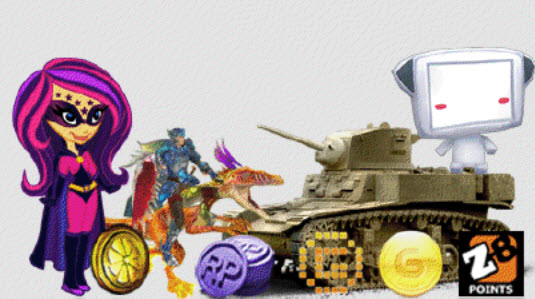Consumer spending on virtual goods has doubled since 2009, according to a survey by Visa’s PlaySpan digital monetization division. And the total U.S. market value for virtual goods grew 28 percent to $2.3 billion in 2011.
PlaySpan and the survey firm Frank N. Magid Associates surveyed 600 people and found that gamers spend an average of $64 on virtual goods during the course of a year. That’s the equivalent of one marquee console game.
One in four consumers bought a virtual good in 2011, up 100 percent from 2009. Among U.S. gamers, 35 percent have purchased a virtual good, up 50 percent over 2010. U.S. male gamers were twice as likely as female gamers to buy virtual items such as better weapons or decorations in a game.
“Consumer acceptance of virtual goods represents a huge growth opportunity, not just for game publishers, but for all digital content companies,” said Karl Mehta, chief executive of PlaySpan. “We believe we will continue to see a positive growth trend in games and that virtual goods will expand across multiple industries, such as music, movies, social gifting, and rewards, to name just a few.”
He said the data should help producers and distributors of all digital content fine tune their strategies for reaching audiences across a variety of platforms.
The data showed that 50 percent of males 24 and under bought a virtual good in 2011. By comparison, only 15 percent of females in that age group made the same claim. Women ages 35 to 44 showed the largest participation in virtual goods purchases at 23 percent.
The reasons for buying goods include enhancement of, enjoyment of, and performance in the game experience. About 59 percent do it for a better experience and 49 percent to get to a higher level. About 35 percent do it to decorate themselves and 32 percent to improve their skills. About 27 percent do it to beat their friends, and 14 percent do it to show off a brand.
Among those who have not bought a virtual good, 70 percent show a willingness to do so. About one in four gamers bought a virtual good as a gift. About 48 percent bought within a game application, 42 percent bought prepaid game cards at retail stores, 40 percent bought in an online store, 16 percent bought at a game publisher’s site.
VentureBeat's mission is to be a digital town square for technical decision-makers to gain knowledge about transformative enterprise technology and transact. Learn More

